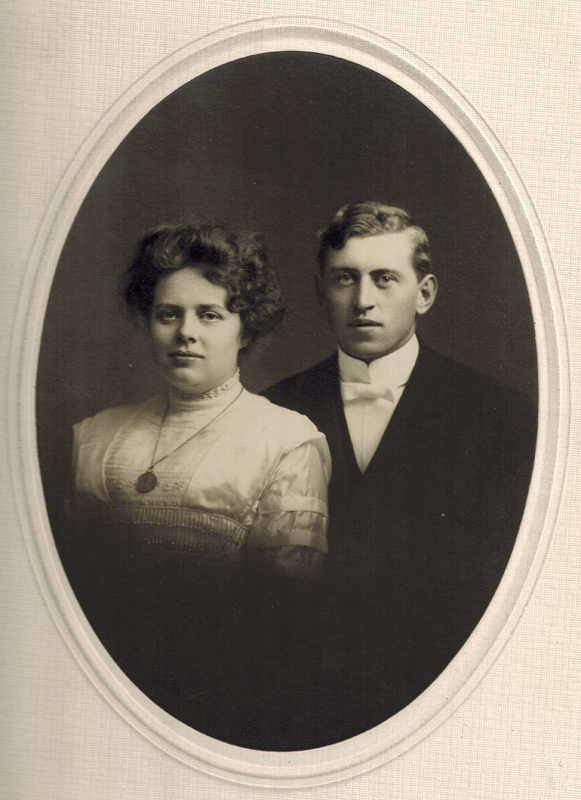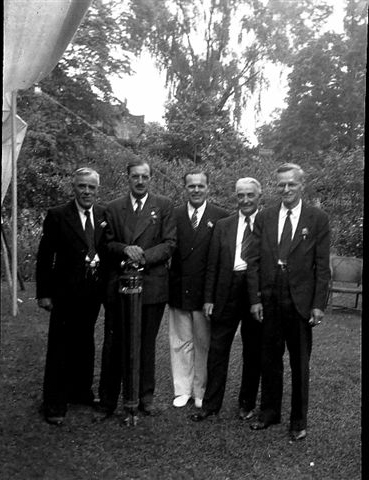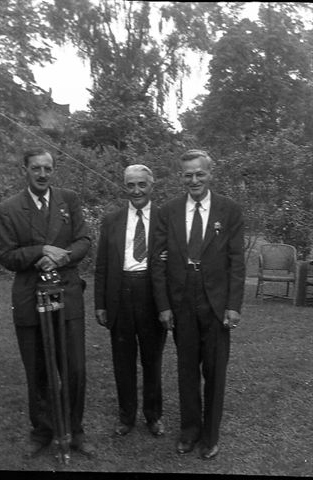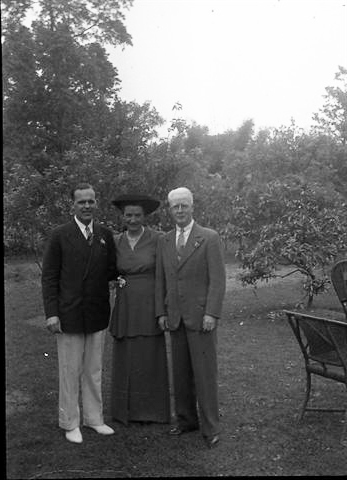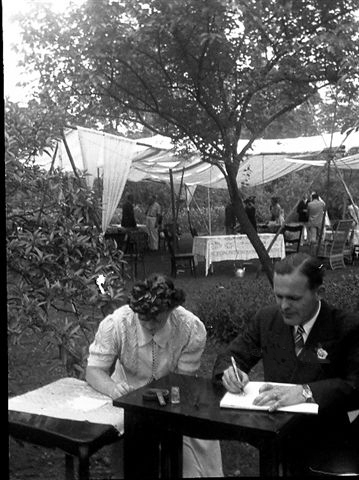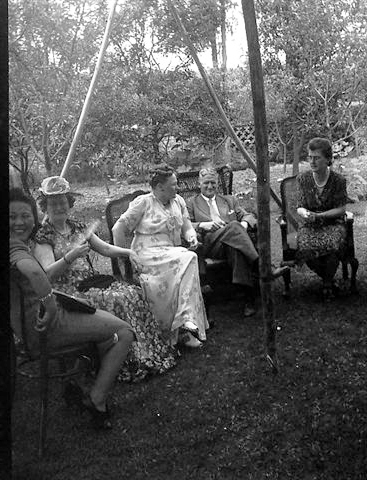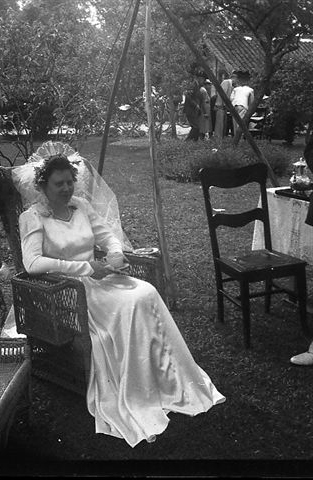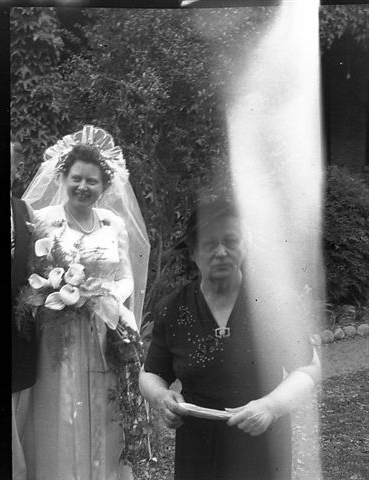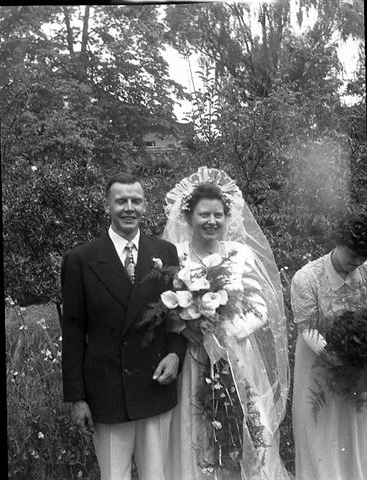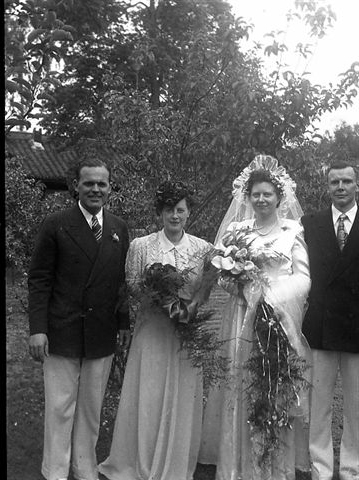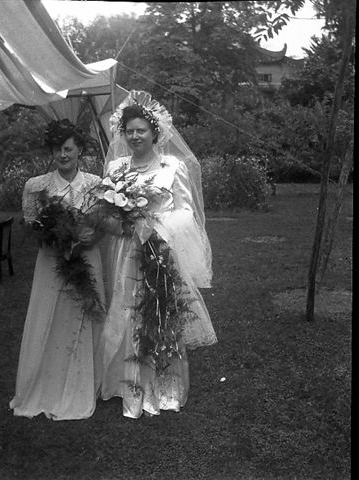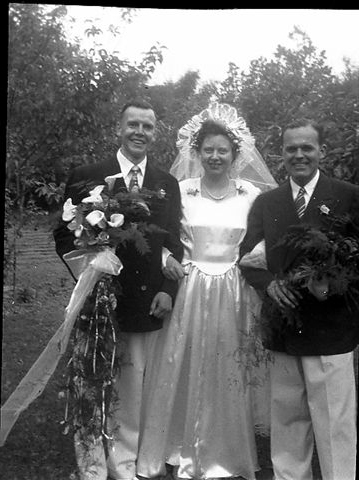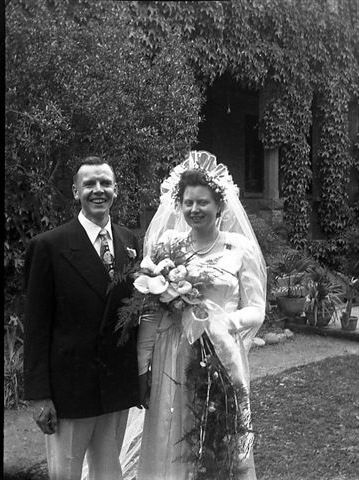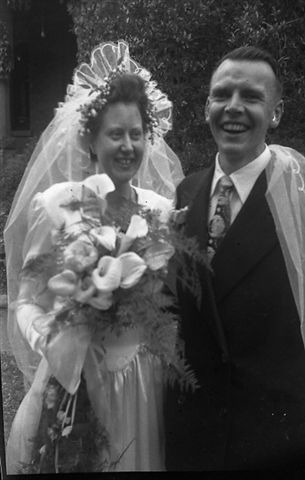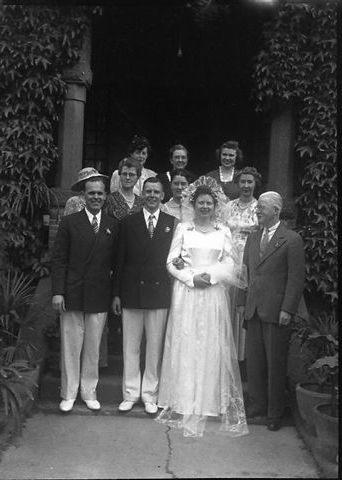Ch 6: Made in Heaven
Adventures in Endogamy
Women missionaries by far outnumbered the men because many of them remained single. For married missionaries, however, their marriage often coincided with their initiation into missionary life, making the two life passages intimately intertwined. Endogamous marriages were one of the ways that the West China missionary microculture produced and reproduced itself. In this Interlude we consider several common and uncommon patterns of marriage among missionaries:
1. Home Weddings - marriage immediately prior to leaving for China, usually after graduation for college
2. Furlough Weddings - marriage while home on furlough.
3. Singles’ Weddings - marriage of two single missionaries who met on the way to China or shortly after arrival, often at one of the missionaries’ summer resorts
4. Widows’ Weddings - marriage of widowed missionaries to each other or to single missionaries in the field
5. Second Generation Weddings – marriage of children of missionaries to other missionaries.
Whereas the first and second types of weddings took place in the bride's or groom's home nations, the third and fourth typically took place in major Chinese cities where foreign consuls could be found to perform them. For this reason, the Americans often married at Beijing, Shanghai or Chongqing, while the British often married at Shanghai, Hankow or Chengdu. However, for some, extenuating circumstances made for unusual wedding locations, such as Japan, Korea or on board a steamer!
Home Weddings
Earl and Katharine Willmott met while they were both in graduate school at Teachers College, Columbia University. They married in late July of 1921 and then took an extended honeymoon at Georgian Bay with both of their parents. Early in September, they boarded a Great Lakes steamer across Lakes Huron and Superior, and then took a train to Vancouver to meet the Empress of Russia. On the steamer, the Willmott’s met the Kilborn’s and Walmsley’s, who had both been married that August. When they arrived in Vancouver they met three other couples bound for West China, all of whom had married in June.3
Furlough Weddings
For some bachelors who had served a term single, furlough provided an opportunity to tap into the home social networks to meet a new bride, or perhaps to finalize a romance that had been carried out through letters for months or years. Newton Bowles and Muriel Wood were both home on furlough when they met in Toronto and married there. Having arrived in 1906, Newton had served a full term when he left for furlough in the spring of 1911. Muriel had been sent to China by the General Board of the Canadian Methodist Mission in 1909 to serve as a nurse. However, when the Republican Revolution broke out, she was among many missionaries who went home early. Little is known of their romance, but Newton had the following to say about their wedding and honeymoon:
“The other outstanding event of my first furlough was of a much happier nature. After swimming around in the sea of romance for a period of somewhere about a decade and a half, seeking (and dare I say it - well! perhaps at times, being sought after - who knows?) there came a successful and very fortunate end to my seeking. On 24 July 1912, Miss Muriel Wood and I took the vows which by a 'Lock' called 'Wed' lifted us into the loftier sea of matrimony… Our wedding took place at 73 South Drive, Toronto, at the home of Mr. and Mrs. G.H. Wood, whom you my children know as Uncle Herb and Aunt Maud. For this and many other kindnesses l would like to record our very deep gratitude. My brother Richard with the assistance of the Rev. Dr. Hazzlewood performed the ceremony. Our only attendant was the flower girl - our niece Margaret Husband, the daintiest little lassie you ever laid eyes on.” (https://www.wikitree.com/wiki/Space:Memoirs_of_Rev._N.E._Bowles_-_Part_3)
The couple traveled north of Toronto for a modest two week honeymoon before returning to Toronto where they had the good fortune to house sit at Newton’s uncle’s mansion in the Castle Frank neighborhood.
Singles Weddings: Walter Small and Lottie Lawson Wedding During the Birth of the Republic
Walter Small and Lottie Lawson followed a common pattern for missionaries in the early years. They both came to China single in 1908, meeting on board their ocean liner, and marrying in Chengdu on November 25th, 1911, after a few years working independently in the field. The months leading up to the Small’s wedding were fraught with stress, however. As the Nationalist Revolution began gaining momentum down river with the Second Guangzhou Uprising on April 17th, signs of unrest did not appear in Sichuan until August when the Wuchang Uprising began.
That September, the British consul ordered missionaries in towns along the Yangtze to evacuate, while Chinese officials corralled the 105 missionaries in Chendgu into the downtown missionary compound. Although they expected to leave on two hours’ notice, it turned out to be three months of confinement within the compound with virtually no communication with the outside world. Anxiously awaiting news about whether they were to evacuate, Lottie’s fiancée Walter was stricken with a bad case of typhoid fever.
The revolutionaries finally won Chengdu on November 25th, the same day as the Small’s wedding. As missionaries and their Chinese servants and colleagues celebrated with a great wedding feast, the new officials arrived on the scene to begin establishing new foreign connections. Within two days the city had peacefully transferred authority to them, the missionary community moved back to their former stations, and the Smalls settled into their newlywed married life.
Second Generation Weddings
With new missionaries arriving after World War II, missionary weddings in Chengdu continued through the 1940s. Bessie Marguerite Julien trained as a nurse and did internships in three hospitals in Ontario before being accepted into the Women’s Missionary Society. She had to complete a year of training at the United Church Training for Women in Toronto before shipping off for China in 1946. After arriving in Chengdu in July, she went to the Beh Lu Din summer resort where she met Arthur Dayfoot, who had arrived in West China as a bachelor in 1945, a year before Bessie. The two courted for almost a year and then got married in Chengdu on April 19th, 1947.
John Stinson served as best man and took a series of photographs documenting the event. John and his wife Isabelle had arrived in West China near the start of the Japanese invasion in 1938. They were stationed at Kiating [Leshan], so John had to travel to Chengdu for the Dayfoot wedding. Isabelle wrote home about the event:
"John was best man at Art’s wedding last Saturday and helped in decorating and being generally useful. The groom was very grateful. He paid several days of John’s board [in Chengdu because the Stinson’s were stationed in Kiating], bought him a new tie for the wedding – a $13,000 one – then sent me a letter of appreciation with a little silver salt dish and four silver salt spoons."
